Overview
As the world transitions from fossil fuels to green energy, manufacturers are leaning towards more fuel economic and zero emission transportation vehicles. The objective of this team project was to design a two-wheeled electric motorcycle (EleCycle) for urban environments, focusing on chassis, FEA, fatigue, and transmission design.
Problem Statement
- Design a lightweight, robust electric motorcycle chassis for two passengers
- Ensure safety, reliability, and manufacturability
- Optimize for urban driving conditions and daily use
Solution
- Concept sketches for different chassis designs (Dually, High Rise, Streamliner)
- FEA and fatigue analysis at each design stage
- Transmission system design and decision matrix for selection
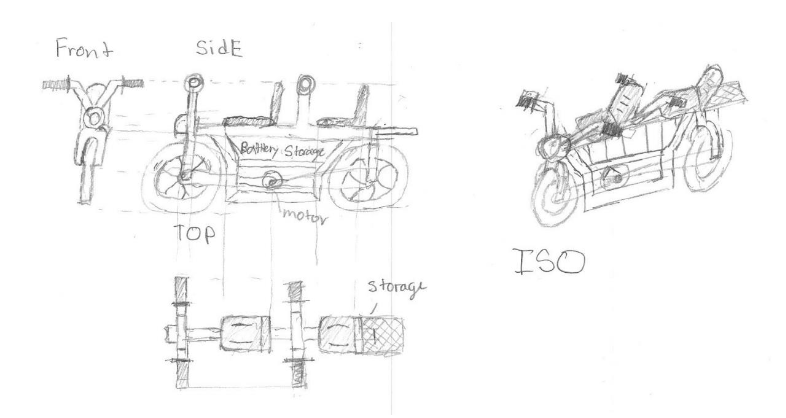
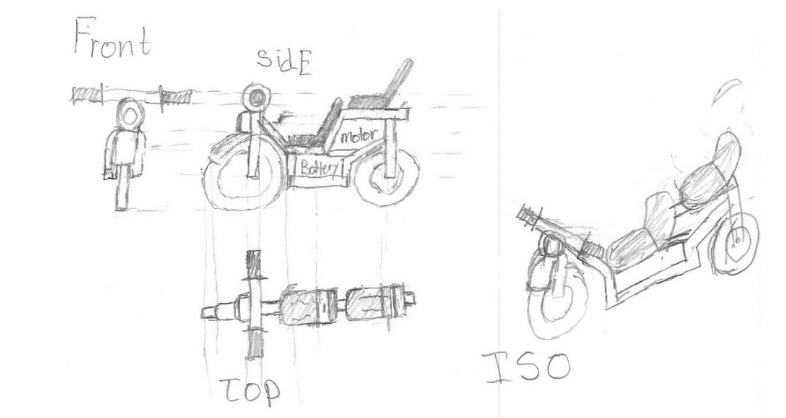
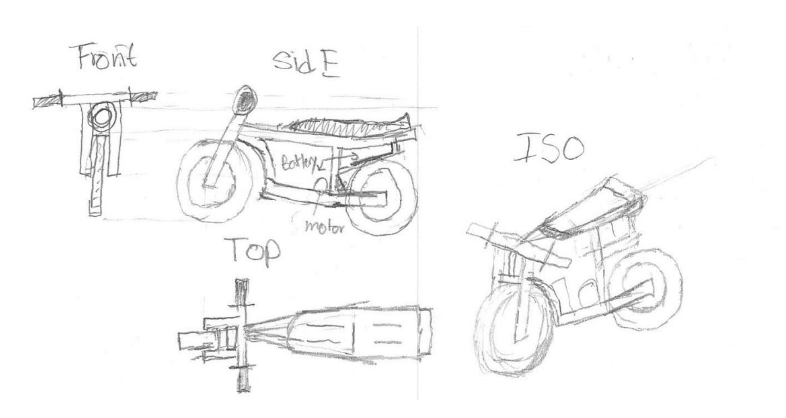
Technical Implementation
Chassis Design & Analysis
- Preliminary chassis design and FEA (stress, strain, displacement)
- Iterative design improvements based on analysis
- Final Streamliner chassis design and assembly
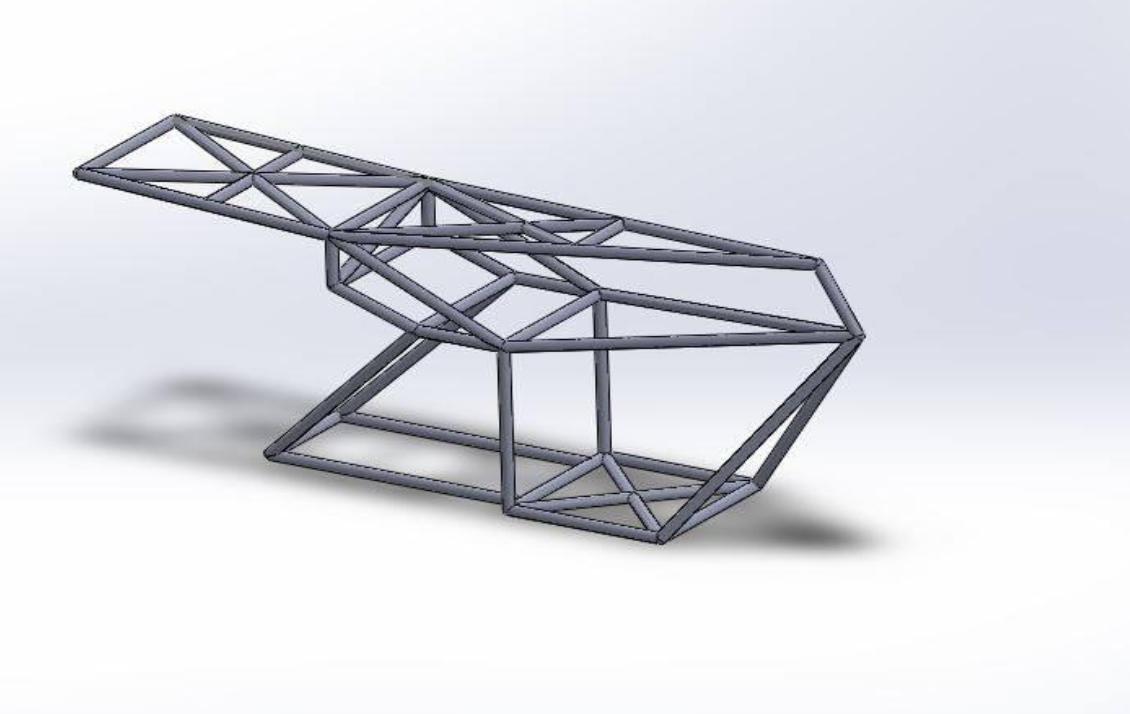
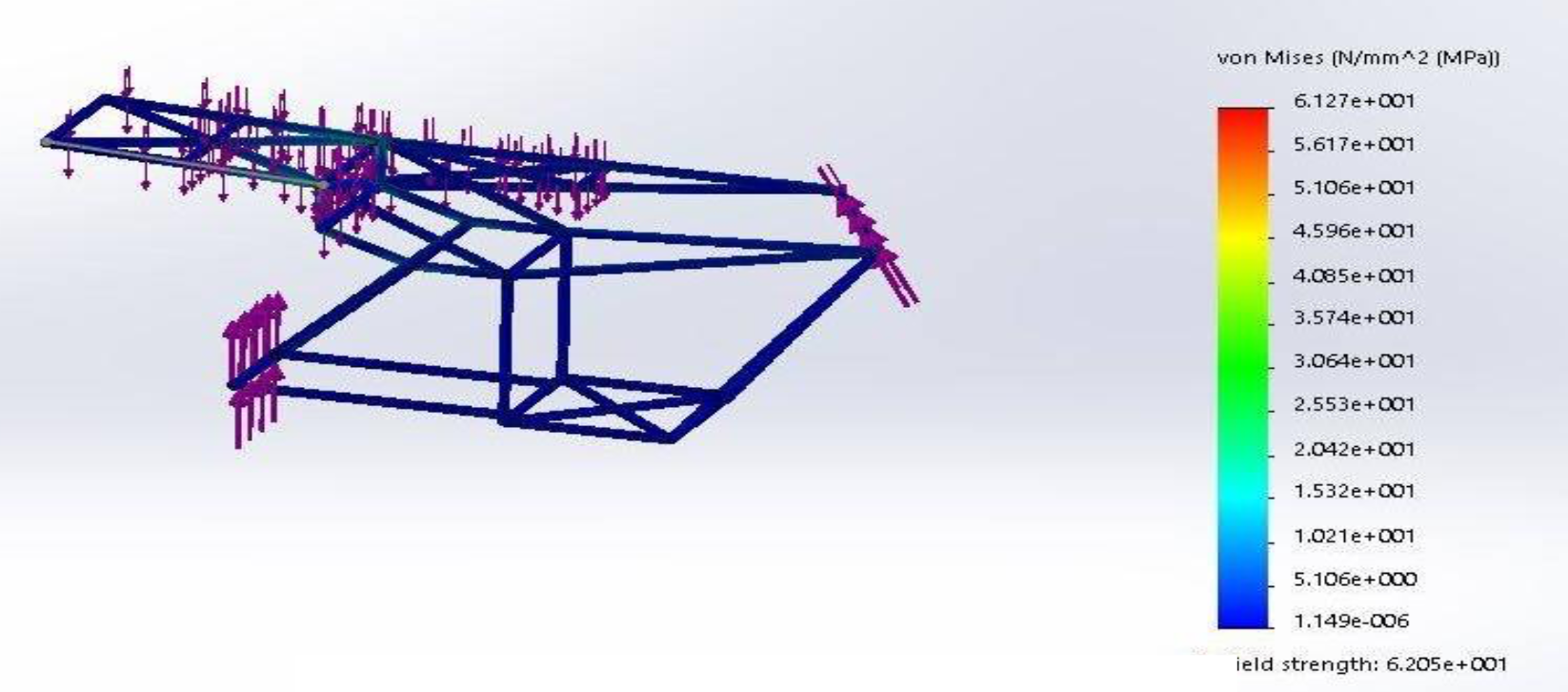
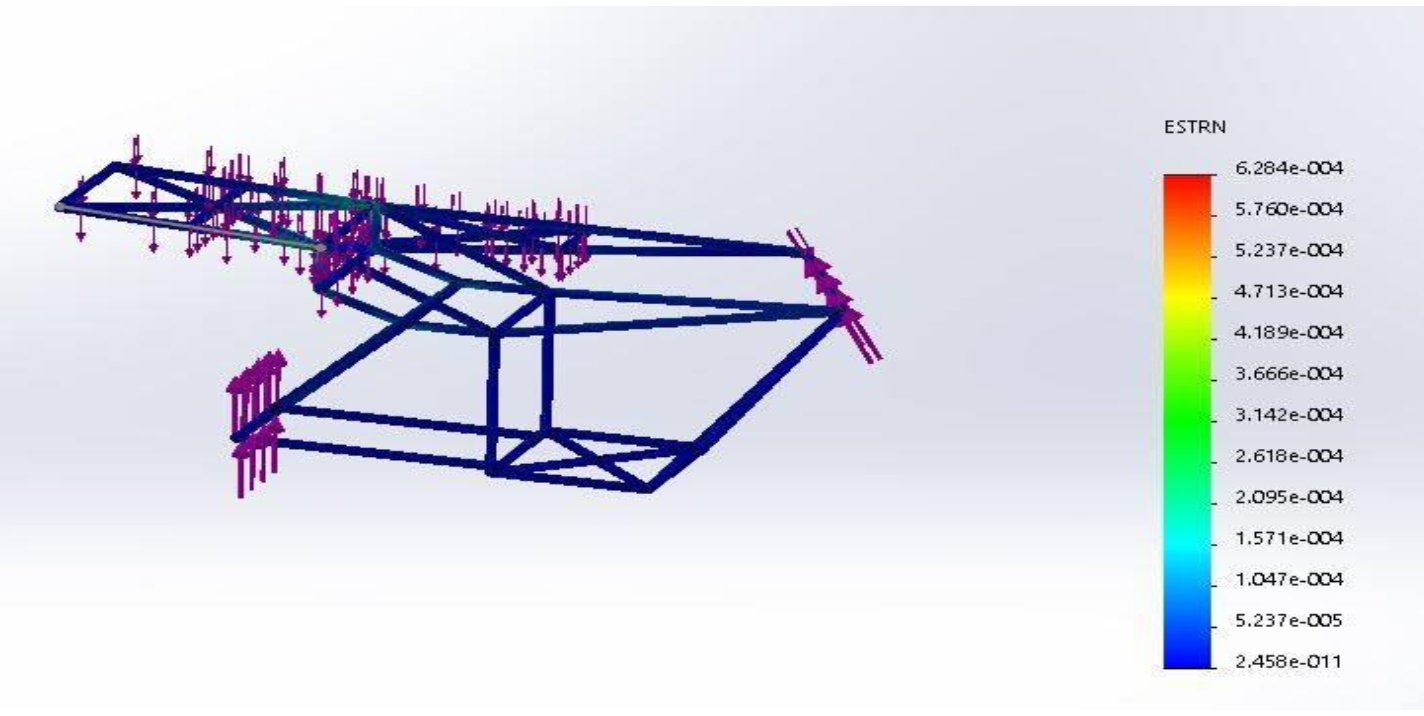
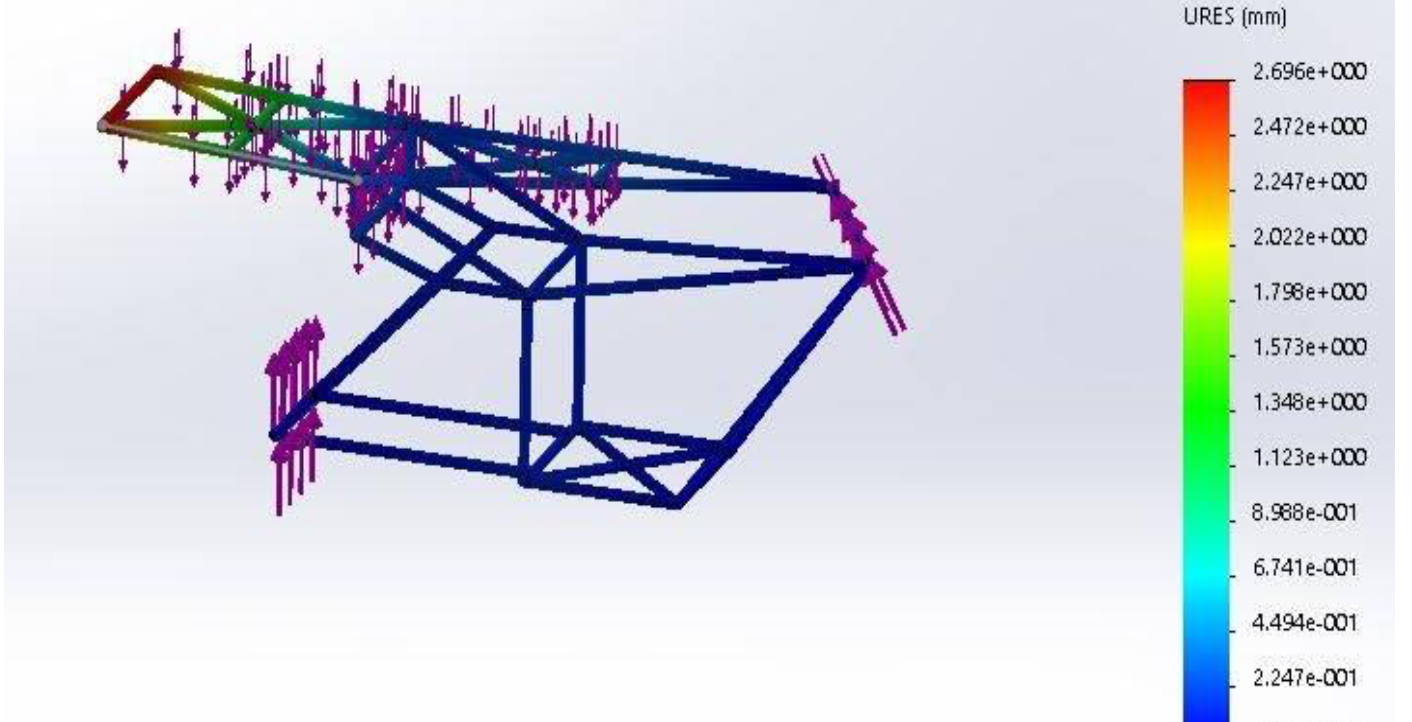
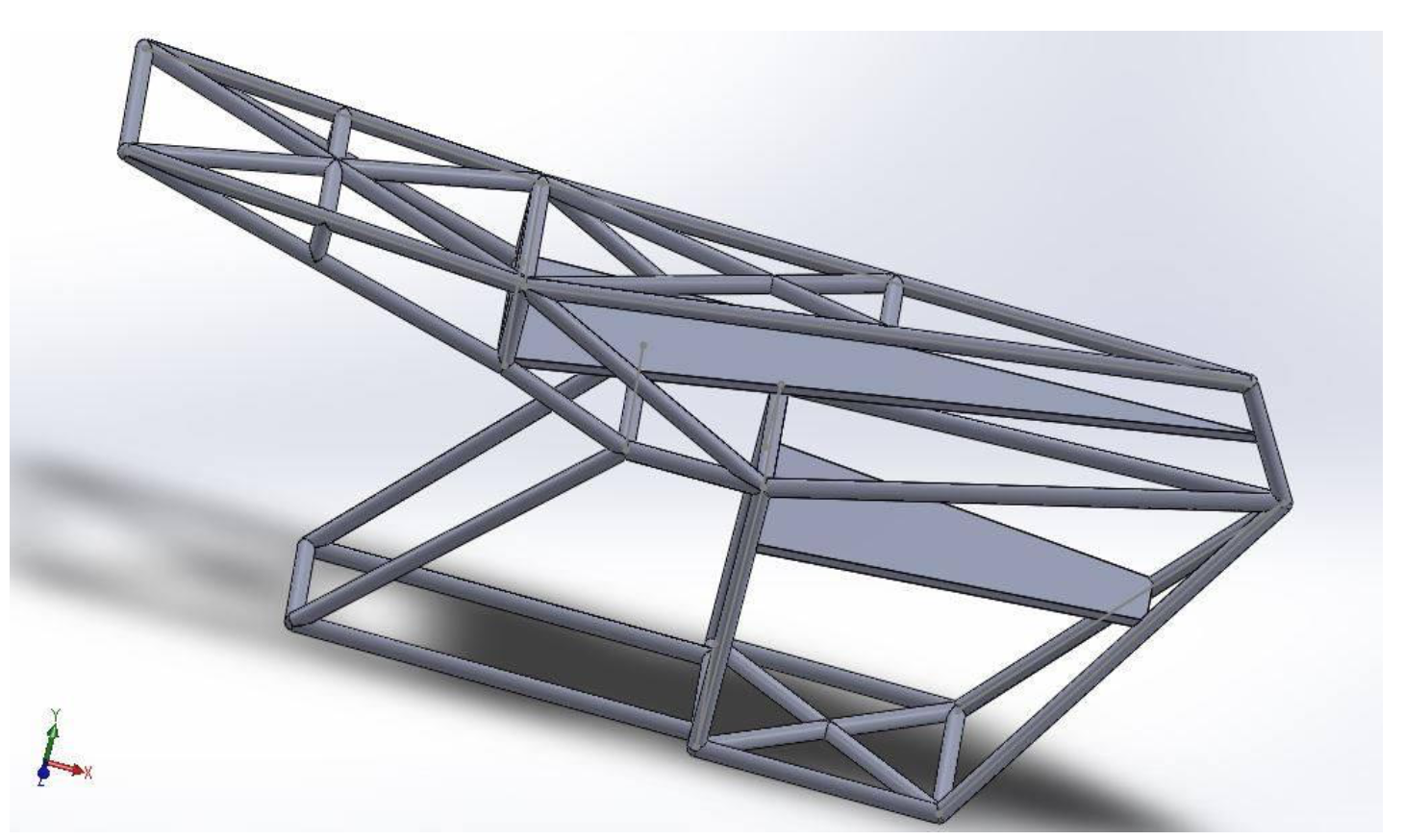
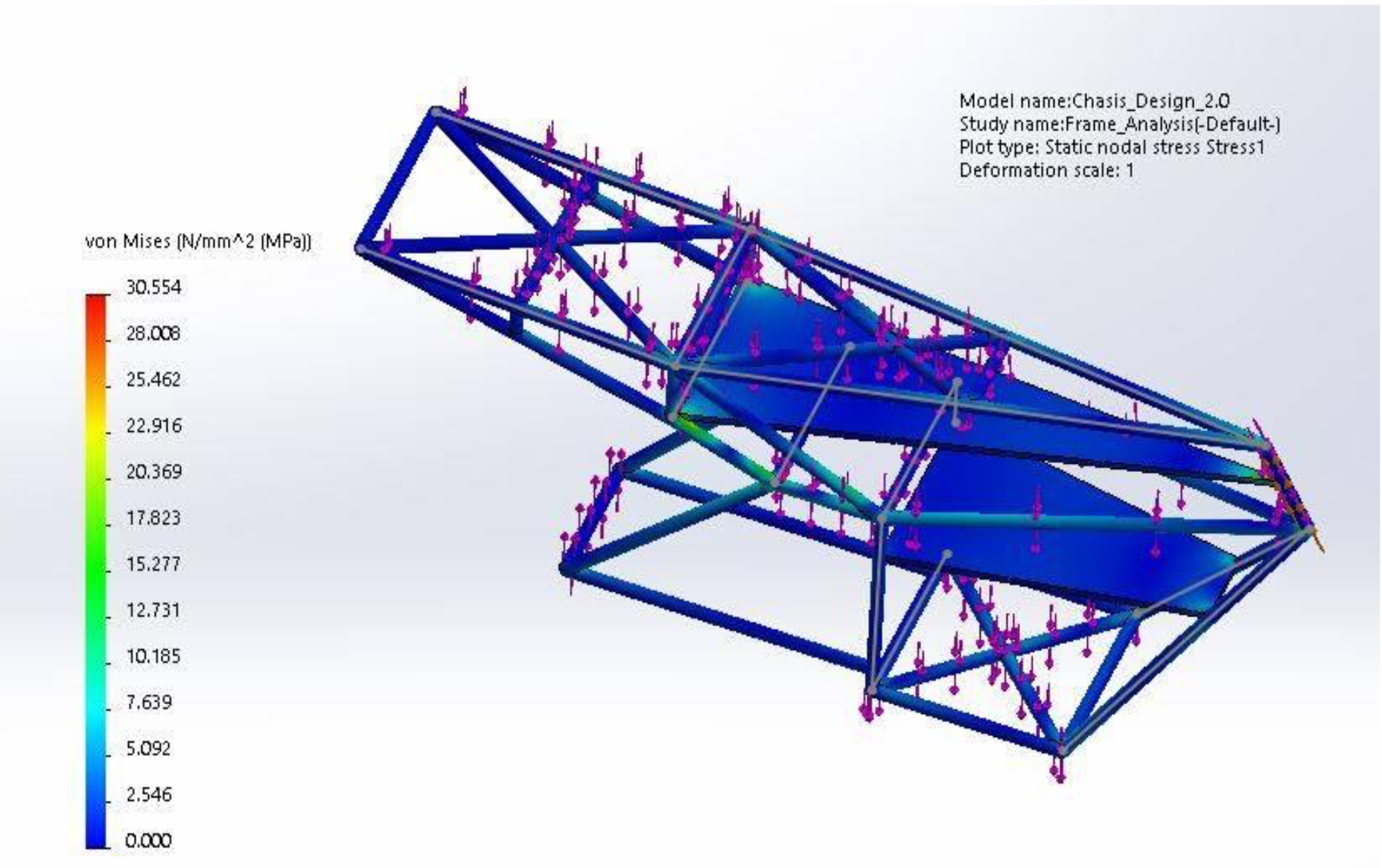
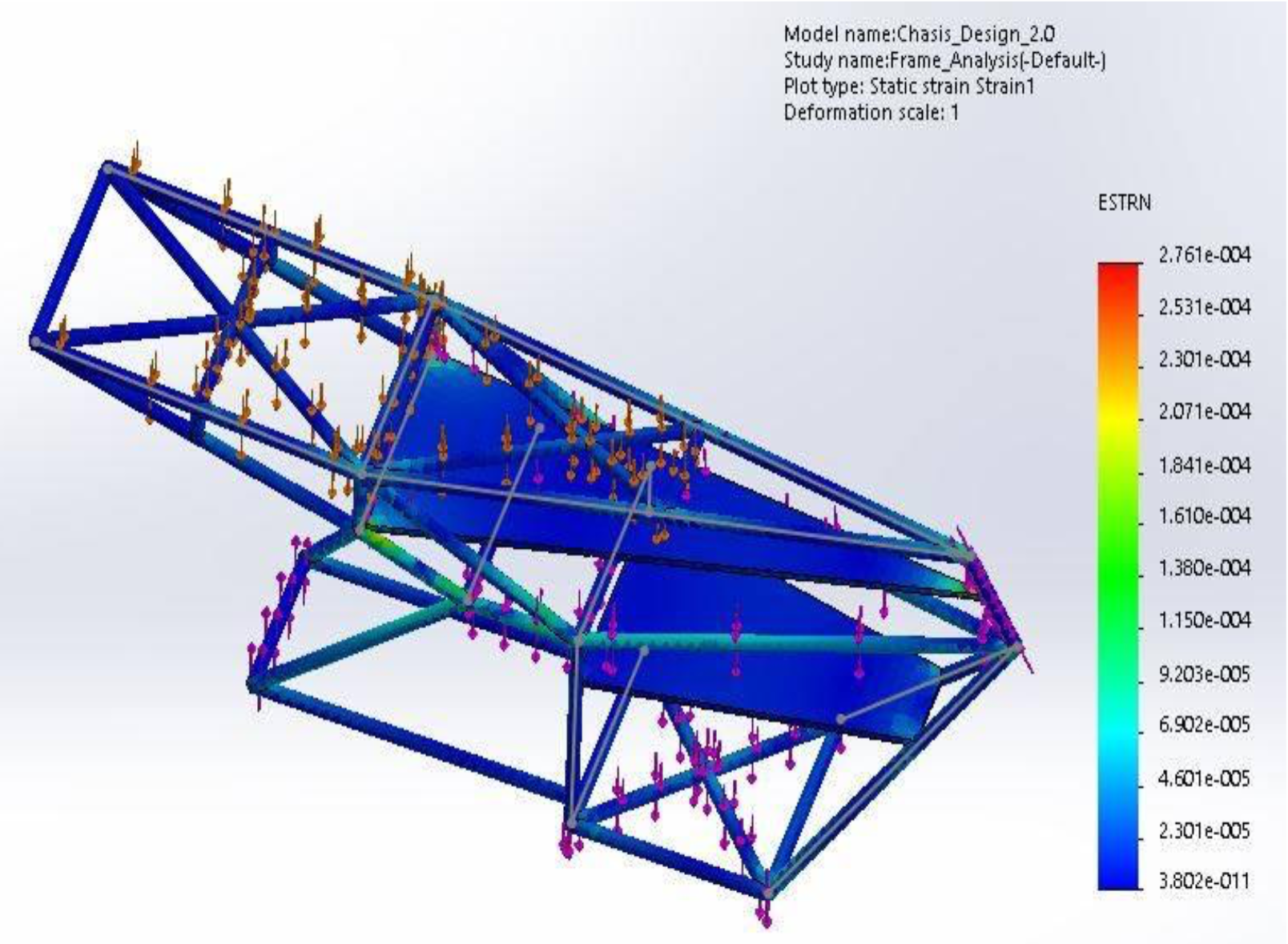
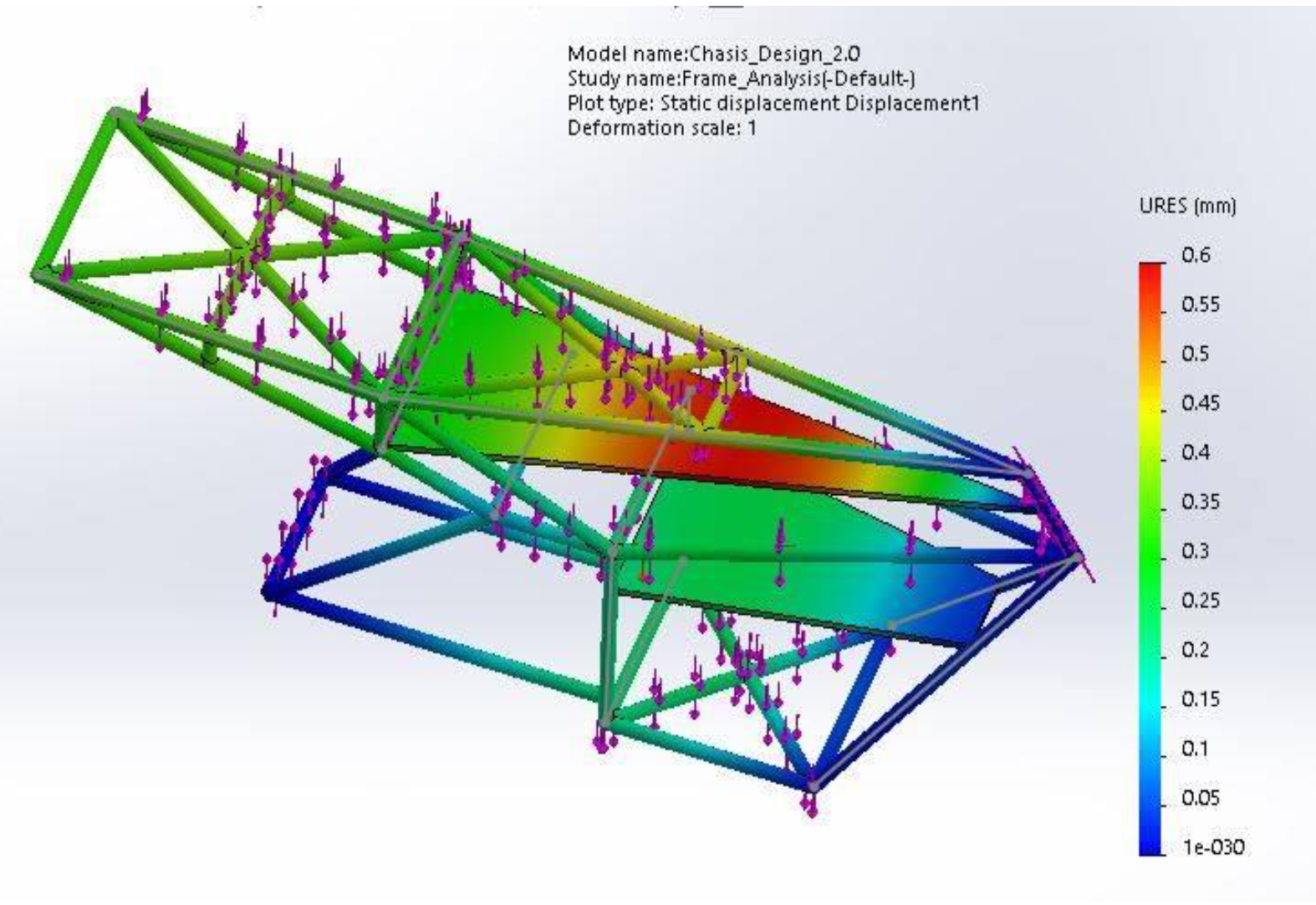
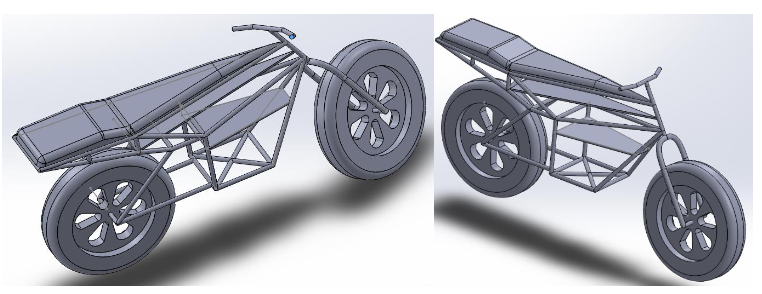
Transmission System
- Concept sketches: worm gear reducer & V-belt, spur gear train & chain
- Decision matrix for selection (safety, cost, longevity, reliability, maintenance, size)
- CAD models for transmission system (sketch, gear train, chain drive, shaft)
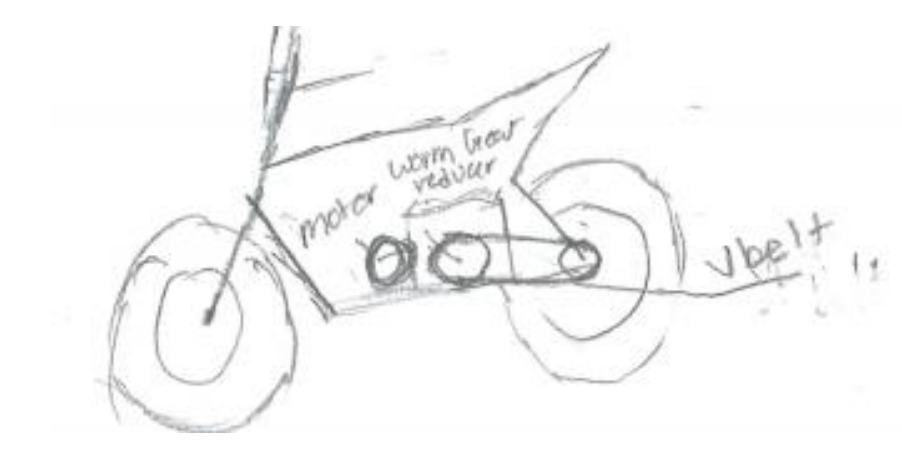
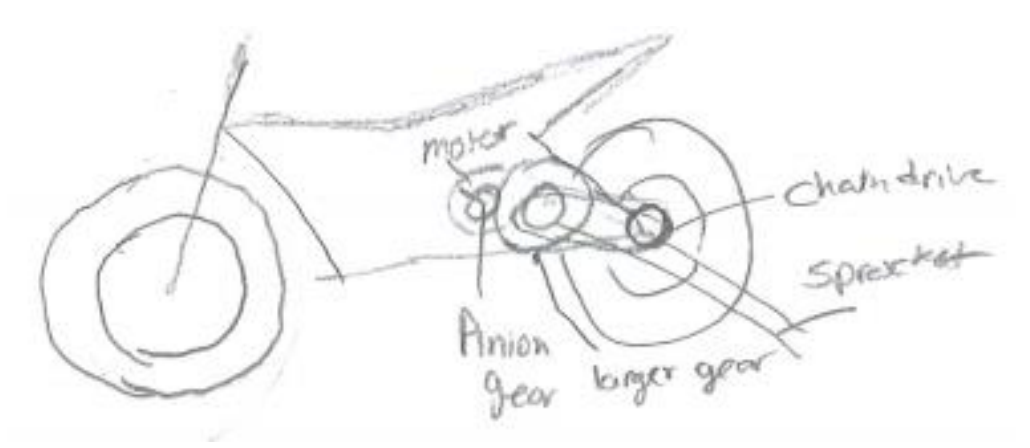
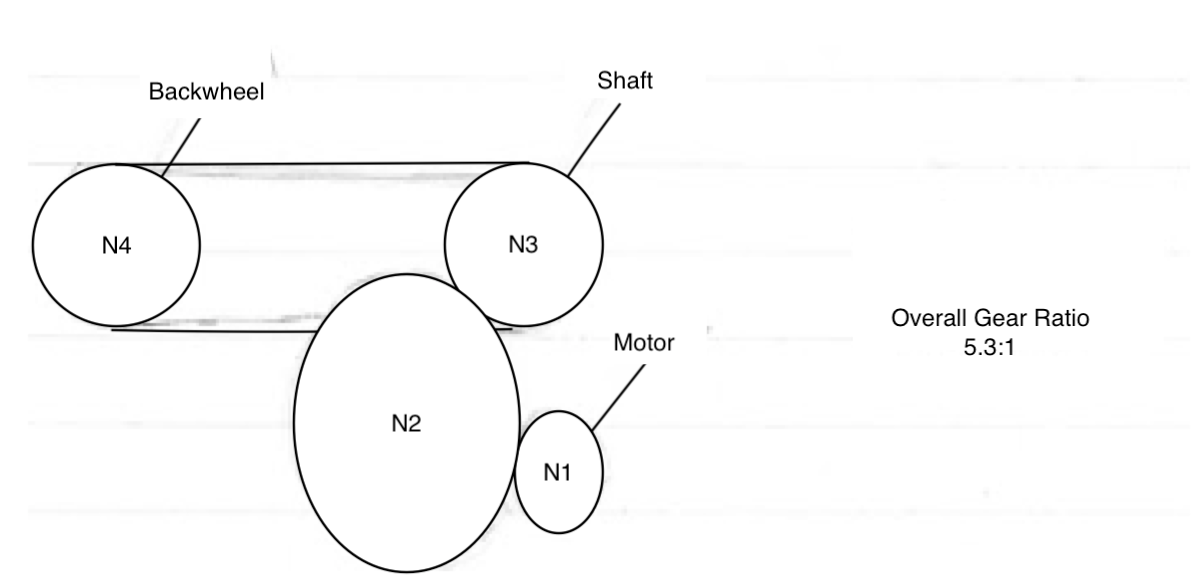
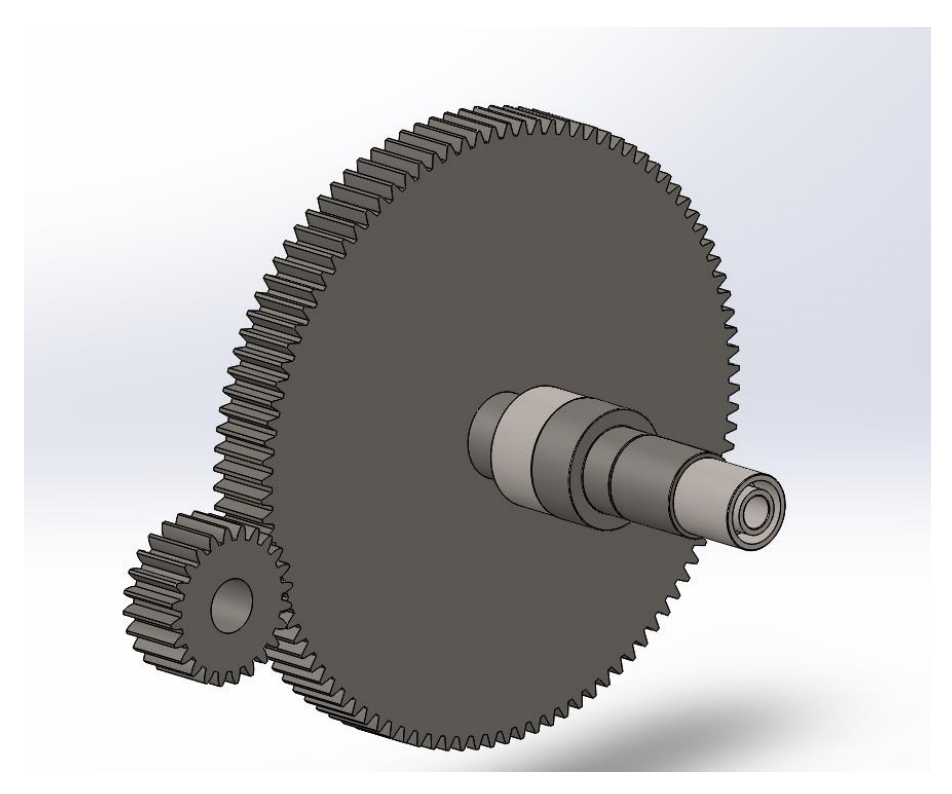
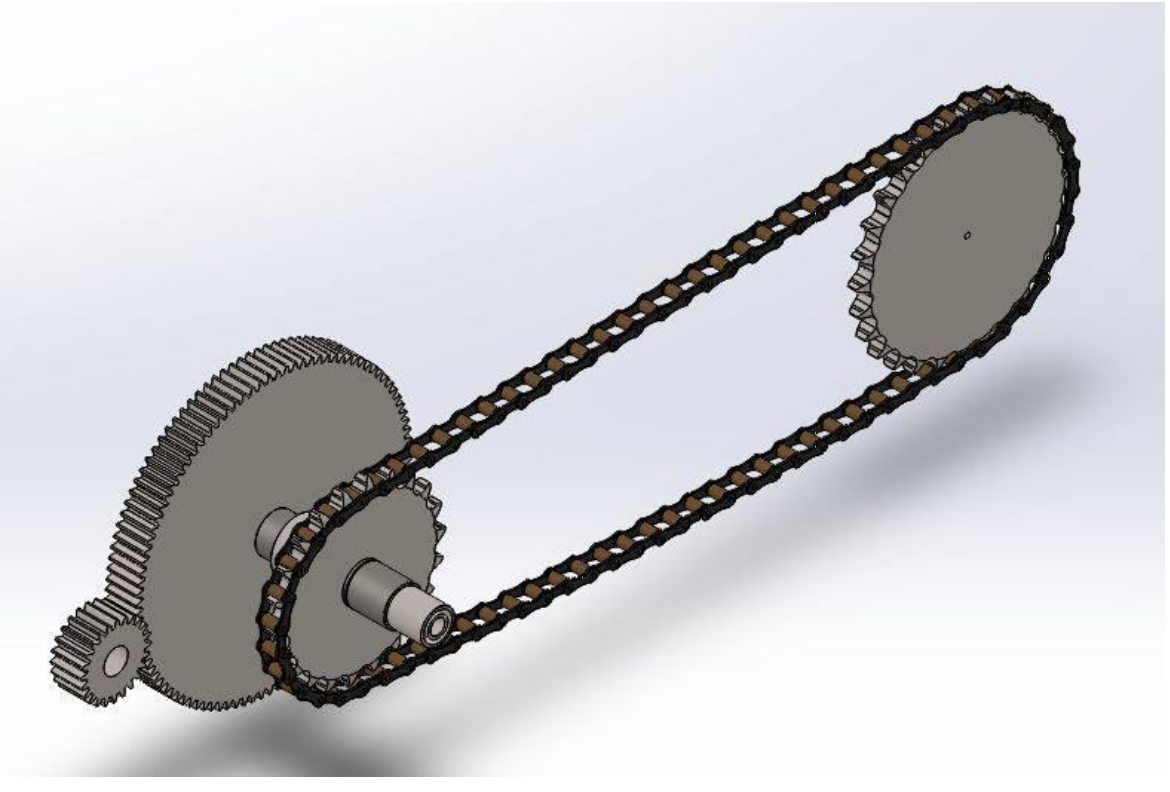

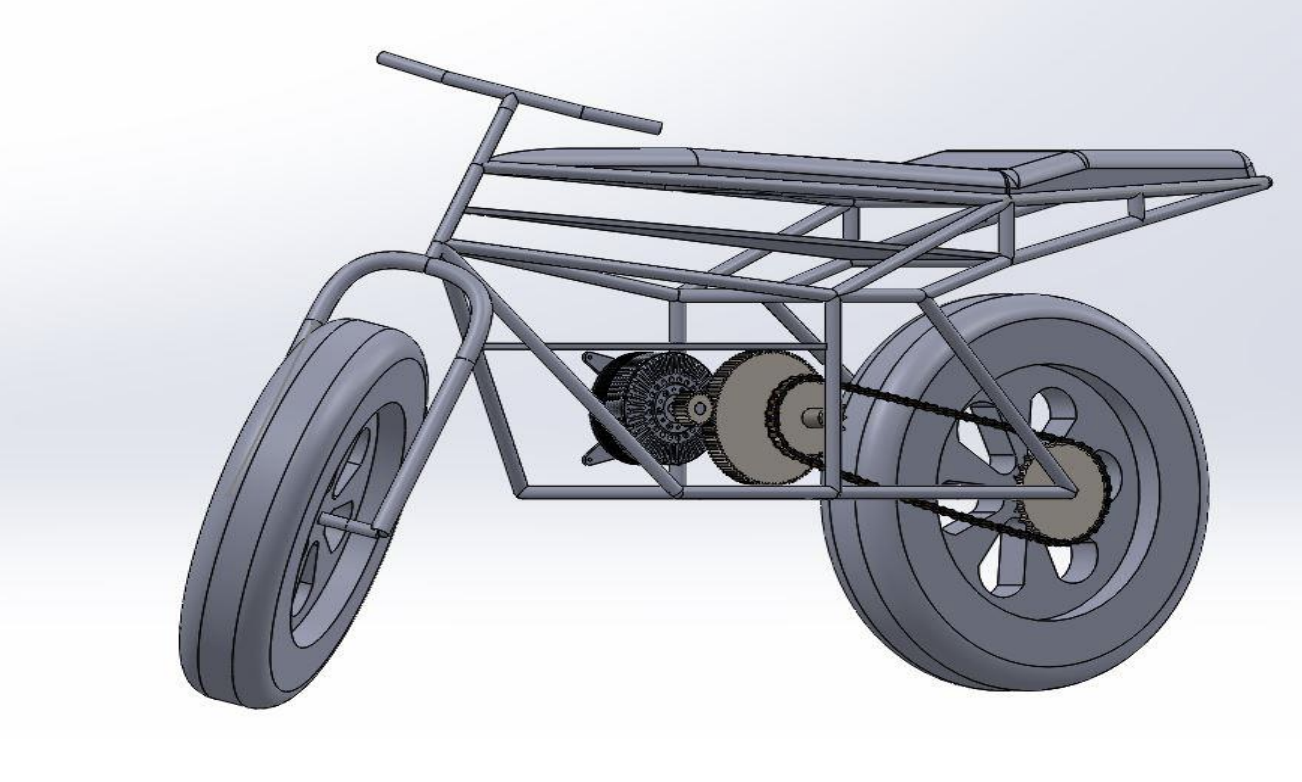
View Chassis Design Details (PDF) View FEA & Fatigue Analysis (PDF) View Transmission Design (PDF)
Results & Impact
- Developed a robust, lightweight electric motorcycle chassis
- Validated design through FEA and fatigue analysis
- Optimized transmission system for reliability and performance
- Documented design process and results in detailed reports
Lessons Learned
- Importance of iterative design and analysis in engineering projects
- Value of FEA and fatigue analysis for safety and reliability
- Teamwork and communication are key to successful project delivery